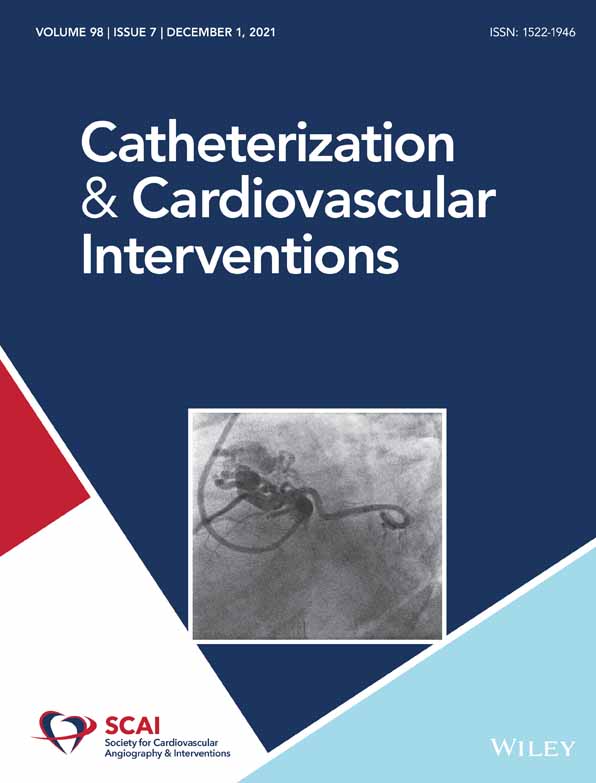When and how to close vessels in the cardiac catheterization laboratory
Key Points
- Coil embolization can be used to occlude various vessels and structures in the cardiac catheterization laboratory, such as coronary artery fistulas, left internal mammary artery side branches, coronary artery perforations, and coronary artery aneurysms and pseudoaneurysms.
- Coiling can be achieved with high success and low complication rates.
- Since coiling is performed infrequently in the cardiac catheterization laboratory, stocking an appropriate, limited selection of 0.014 inch detachable coils and learning how to deliver and deploy them can literally be a “life saver”!
CONFLICT OF INTEREST
Dr. Spyridon Kostantinis: None. Dr. Emmanouil S. Brilakis: consulting/speaker honoraria from Abbott Vascular, American Heart Association (associate editor Circulation), Amgen, Asahi Intecc, Biotronik, Boston Scientific, Cardiovascular Innovations Foundation (Board of Directors), ControlRad, CSI, Elsevier, GE Healthcare, IMDS, InfraRedx, Medicure, Medtronic, Opsens, Siemens, and Teleflex; research support: Boston Scientific and GE Healthcare; owner, Hippocrates LLC; shareholder: MHI Ventures, Cleerly Health, Stallion Medical.




